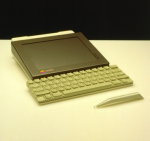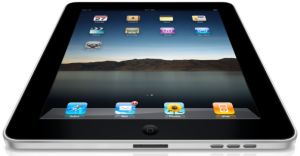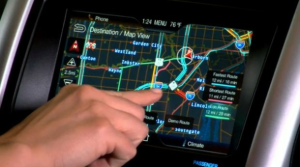Last night’s Super Bowl XLVII was filled with memorable moments – from the Sandy Hook Elementary School choral ensemble to the Raven’s impressive first half to Beyonce’s star-studded half-time show. But unfortunately for the NFL, the Superdome’s 35-minute blackout stole the show.
 In case you missed it, early in the second half of the gridiron showdown, half of the Superdome’s power went out – leaving the press box without Internet, the dome dark and scoreboards black. See these eerie photos of the blackout, courtesy of Business Insider.
In case you missed it, early in the second half of the gridiron showdown, half of the Superdome’s power went out – leaving the press box without Internet, the dome dark and scoreboards black. See these eerie photos of the blackout, courtesy of Business Insider.
 This morning, social media (check out #SuperBowlBlackout on Twitter) is buzzing with rumors about why the power failure occurred. Even the Los Angeles Times asks, “Did Beyonce cause the Super Bowl blackout?” The truth is that power outages can result from numerous causes – from natural disasters to human error. In the case of the Superdome, CBS Sport’s Will Brinson tweets that a piece of equipment designed to monitor electrical load malfunctioned, opening a breaker and shutting off some of the power in the building.
This morning, social media (check out #SuperBowlBlackout on Twitter) is buzzing with rumors about why the power failure occurred. Even the Los Angeles Times asks, “Did Beyonce cause the Super Bowl blackout?” The truth is that power outages can result from numerous causes – from natural disasters to human error. In the case of the Superdome, CBS Sport’s Will Brinson tweets that a piece of equipment designed to monitor electrical load malfunctioned, opening a breaker and shutting off some of the power in the building.
 We don’t know the in’s and out’s of the Superdome’s electrical system, but we do help OEMs and contract manufacturers that create mission critical devices and equip power systems that mitigate power outages. Our electrical engineers will tell you that in blackout situations, the electrical system should automatically switch to a backup battery until the generator can warm-up and kick-in. Backup batteries are an important component of uninterruptible power supply’s (UPS), and allow for everything from data centers to football arenas to survive blackouts without an interruption in electricity—safely and reliably.
We don’t know the in’s and out’s of the Superdome’s electrical system, but we do help OEMs and contract manufacturers that create mission critical devices and equip power systems that mitigate power outages. Our electrical engineers will tell you that in blackout situations, the electrical system should automatically switch to a backup battery until the generator can warm-up and kick-in. Backup batteries are an important component of uninterruptible power supply’s (UPS), and allow for everything from data centers to football arenas to survive blackouts without an interruption in electricity—safely and reliably.
Make sure your organization’s power doesn’t go out in the second half. Click to learn more about Palladium Energy’s lithium-based battery pack expertise and UPS solutions.














